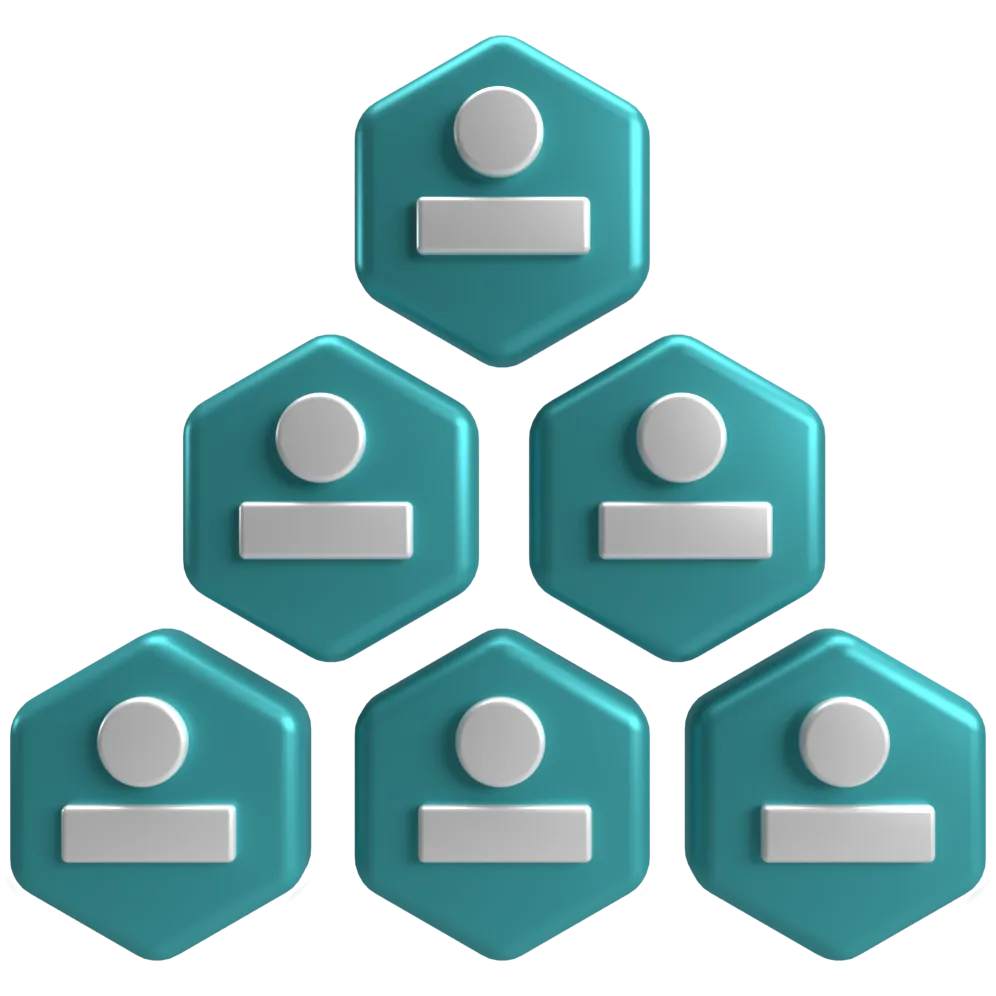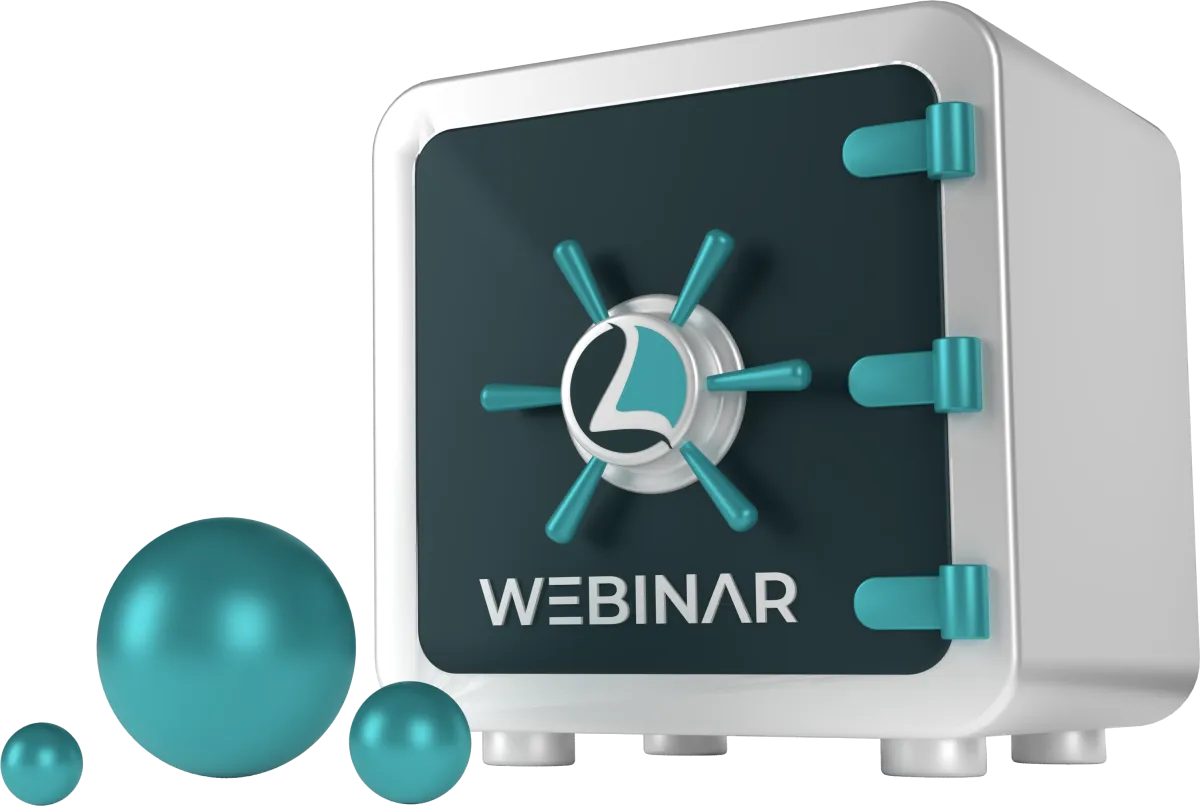
Pillar Post: What Is Loan Management Software (LMS)? - An Overview
Loan Management Software (or LMS) is a comprehensive digital platform that helps lenders manage the entire lifecycle of a loan. Starting with the initial application and underwriting process to loan disbursement, servicing, payment collection, and final payoff or renewal. A Loan Management Systems acts as the backbone for modern lending businesses, especially in fast-paced industries like small-dollar, installment, auto title, and tribal lending.
At its core, an LMS replaces manual processes and outdated systems with streamlined, automated workflows. That means fewer bottlenecks, fewer human errors, and much faster turnaround times. From the moment a borrower applies for a loan, the LMS can pull credit data, verify documents, flag potential fraud, and help your team underwrite the loan efficiently - all within one secure system.
But loan management software is more than just automation - it’s about centralizing data, ensuring regulatory compliance, and delivering a better borrower experience. In today’s regulatory environment, compliance isn’t optional. A strong LMS helps you stay audit-ready by maintaining accurate records, tracking communications, enforcing payment schedules, and applying state-specific rules or tribal regulations as needed.
In short, a loan management system is more than software, it’s a strategic investment in the future of your lending business. For lenders who want to compete in today’s fast-moving market, maintain compliance, and drive long-term portfolio success, having the right LMS is absolutely vital.
How Does Loan Management Software (LMS) Work?
Loan Management Software (LMS) works by digitizing and automating the entire lending process, all within a single, centralized platform. Think of it as the engine that powers your lending operation - keeping every step connected, compliant, and moving fast.
Here’s how it typically works, from start to finish:
📝 Step 1. Loan Origination
The process starts when a borrower applies for a loan - either online or in-store. The LMS captures the applicant’s data in real-time, creating a borrower profile and storing it securely. Many systems allow for fully digital applications, pulling in identification, income verification, and banking information right at the start. This means that lenders can reduce manual data entry, prevent errors, and accelerate application intake.
🔍 Step 2. Underwriting & Credit Decisioning
Once the application is submitted, the LMS integrates with credit bureaus, alternative data providers, or decision engines like Tekambi. It automatically assesses borrower risk, applies your custom eligibility criteria, and recommends a decision - instantly.
💸 Step 3. Approval & Disbursement
If the applicant is approved, the LMS auto-generates loan agreements, disclosures, and repayment schedules - often with e-signature capability. Funds are then disbursed directly to the borrower’s account via ACH, debit push, or real-time payment rails, depending on your funding provider. Eliminate manual work and get money to borrowers faster, improving satisfaction and reducing abandon rates.
🔁 Step 4. Loan Servicing
Once the loan is active, the LMS takes over ongoing servicing: tracking balances, calculating interest, applying fees, sending reminders, and generating amortization schedules. Borrowers can often log into self-service portals to make payments, view history, or request renewals - all without needing to contact your staff. This automation minimizes servicing workload, boosts on-time payments, and keeps borrowers engaged.
📉 Step 5. Collections, Delinquency & Reporting
If a borrower misses a payment, the system automatically triggers notices via text, email, or phone. Many LMS platforms include built-in collections workflows or integrate with recovery partners. At the same time, real-time reports and dashboards track portfolio performance, compliance flags, and team activity. Powerful reporting features keep your portfolio healthy and your team focused on high-value tasks rather than chasing paperwork.
🔗 Integrations & Ecosystem
Modern LMS platforms are typically cloud-based and integrate seamlessly with your existing tech stack - CRM systems, payment processors, bank verification tools, and regulatory compliance solutions. This connected approach eliminates silos and gives you full visibility into your lending operation.
Why It Matters
When every part of the loan lifecycle is automated and connected, you can fund faster, scale smarter, and serve borrowers better. Whether you’re managing 100 loans or 100,000, a powerful LMS ensures nothing falls through the cracks - and your lending business runs like a well-oiled machine.For small-dollar and alternative lenders, this is a necessity for staying competitive, compliant, and profitable in 2025 and beyond.
How to Choose the Right Loan Management Software for Your Business
Choosing the right loan management software (LMS) can make a huge difference in how smoothly your lending operation runs. Whether you’re processing payday loans, installment loans, or something more complex, the right software helps you speed up approvals, improve the borrower experience, stay compliant, and scale efficiently. But with so many vendors out there, the process of finding the right one can feel overwhelming. This guide breaks it down into a few clear steps to help you make the right call for your business.
1. Start with a Clear Understanding of Your Business Needs
Before looking at features or pricing, take a step back and evaluate your operation. What types of loans do you offer - short-term personal loans, lines of credit, auto title loans? Are you handling hundreds of loans per month or just getting started? And what do you expect the next year to look like in terms of growth?
By understanding your volume, loan complexity, team size, and goals, you can quickly eliminate software that doesn’t match your current and future needs. A solution that works for a startup might not scale well for an enterprise lender - and vice versa.
2. Look for the Right Features That Solve Real Problems
Once you know what you need, it’s time to dig into the details of what the platform offers. Not all LMS platforms are created equal. Some are heavy on automation, making it easier to process applications, underwrite loans, handle funding, and manage collections without all the manual work. Others might excel in document management, giving you the ability to store, track, and retrieve borrower files efficiently.
Reporting tools also matter - a good LMS should give you insights into your performance, borrower behavior, and risk factors. You’ll want to make sure it integrates with your CRM, accounting software, payment processors, and any other systems you’re already using. And don’t overlook the interface. If your team finds it hard to use, adoption will suffer - so ease of use is a big deal. Lastly, make sure the software is built with data security and compliance in mind. Encryption, secure logins, and tools for meeting regulatory standards should be built in - not bolted on.
3. Make Sure It Can Grow with You
You don’t want to outgrow your software in six months. The LMS you choose should be able to handle more loans, more customers, and even new loan products as your business evolves. Look for platforms that offer customizable workflows, allow you to make changes easily, and won’t buckle under increased volume. Flexibility and scalability should be part of the package, not an afterthought.
4. Understand the Costs and Weigh the ROI
Of course, cost matters - but there’s more to it than just the price tag. Some platforms charge a one-time licensing fee, while others use a monthly subscription model. Think about what works best for your cash flow. Also, consider the total cost of ownership - implementation, training, support, upgrades, and integrations can all add up.
More importantly, think about the return on investment. If a system saves you time, reduces errors, improves your borrower experience, or helps you close more loans faster, the long-term payoff will usually outweigh the upfront expense.
5. Do Your Homework on Vendors
You want a vendor that’s responsive, reliable, and invested in your long-term success. Check out reviews from other lenders, ask for live demos, and pay attention to how they communicate during your evaluation process. A strong support team will make your implementation smoother and help you get the most out of the system.
Also, ask about their product roadmap. Are they continuing to invest in the platform? Are they adding new features, updating for compliance changes, and listening to customer feedback? A vendor who’s growing and evolving is much more likely to support your business over the long haul.
If you're working with LendSuite, check out the LendSuite Marketplace. It’s a handpicked network of integrated partners - like credit bureaus, processors, and risk tools - designed to boost your performance and streamline your workflows right out of the box.
6. Don’t Overlook Security and Compliance
This one’s big. As a lender, you’re handling sensitive borrower data every day. Your LMS should have strong security protocols in place - from encryption and data backups to user authentication and permission controls.
It should also be built with compliance in mind. Whether you're working under state, federal, or tribal regulations, your system should help you stay compliant, not make it harder. Look for support for standards like PCI-DSS, GDPR, or whatever is relevant in your region.
7. Plan for a Smooth Implementation
Even the best software can fall flat if it’s not rolled out properly. Once you’ve made your choice, give yourself time to plan the implementation. Start with a pilot test to catch issues early and build internal buy-in. Then develop a simple training plan so your team feels confident using the system.
Make it easy for staff to give feedback as they start using the new platform. That input is key to making quick adjustments and ensuring long-term success.
Essential Features to Look For in LMS Software
Choosing the right loan management software (LMS) can make a dramatic difference in how efficiently and securely your lending operation runs. Here’s a deeper look at the key features that matter most:
1. Automated Loan Origination
A powerful loan management software (LMS) should provide a fully digital loan origination software that simplifies the onboarding process. Features typically include:
Customizable online application forms
Digital document uploads and e-signatures
ID verification tools
Prequalification capabilities
Automated eligibility checks and pre-approvals
Mobile-responsive borrower portal for easy access
This streamlines the user experience and reduces the need for manual data entry, which saves time and lowers error rates.
2. Credit and Risk Assessment
Risk evaluation is central to lending. Look for loan management software platforms that offer:
Built-in or third-party credit scoring integrations (Experian, Equifax, TransUnion)
Alternative data integrations for thin-file borrowers (banking data, utility bills, etc.)
Customizable underwriting rules based on your business model
Real-time decision engines for faster approvals
Fraud detection and identity verification tools
A robust risk management software ensures accurate, smart, and compliant lending decisions.
3. Customizable Workflows and Loan Products
Every lender is different, so your loan management software (LMS) should be flexible enough to reflect your unique products and processes. Look for:
Customizable loan terms (amount, duration, interest type)
Rule-based automation (e.g., auto-approve if score > 700)
Drag-and-drop workflow builders
Branch or multi-entity support
White-label options to match your branding
This adaptability ensures the LMS software supports your lending business, not the other way around.
4. Payment Management and Processing
Managing payments is a core function of any loan management software. Essential capabilities include:
Auto-debit and recurring payment scheduling
Real-time payment status updates
Grace period, partial payment, and late fee settings
Multi-currency and multi-channel support (ACH, card, digital wallets)
Integration with third-party payment processors
Real-time delinquency alerts
The best loan management software (LMS), along with an integrated payment and collection system, reduces friction in payment processing, streamlines collections, and helps maintain borrower satisfaction and steady revenue flow.
5. Compliance Management Tools
Compliance is non-negotiable in lending. Your loan management software should support:
Built-in legal templates and disclosures
Audit logs for every transaction and user action
Automatic calculation of APR, TILA disclosures, and payment schedules
Compliance modules for regulations like CFPB, GDPR, ECOA, and others
Document retention and consent management
Custom alerts for regulatory updates
A secure loan management software (LMS) that’s compliance-ready helps you avoid costly legal issues and builds borrower trust.
6. Reporting and Analytics
Data drives decisions. A strong reporting engine, often a key component of robust loan analysis software, enables:
Real-time dashboards with KPIs (e.g., default rates, approval time, ROI)
Exportable reports for operations, collections, and compliance teams
Custom report builders and scheduling
Portfolio performance tracking
Borrower behavior analytics and segmentation
These insights help you identify trends, optimize performance, and make informed business decisions.
7. Third-Party Integrations
An advanced loan management software (LMS) doesn’t operate on its own. Look for one that integrates easily with:
Communication platforms (SMS, email, push notifications)
Credit bureaus and KYC providers
Cloud storage and e-signature tools (DocuSign, HelloSign)
The more connected your loan management software (LMS) is, the more seamless your workflows will be.
8. Security and Data Protection
Given the sensitivity of financial and personal information, your loan management software (LMS) must meet high security standards:
End-to-end data encryption (in transit and at rest)
Role-based user permissions
Two-factor authentication (2FA)
Data backups and disaster recovery plans
Compliance with data protection laws (e.g., GDPR, CCPA)
Regular security audits and vulnerability testing
A secure loan management software (LMS) protects both your lending business and your borrowers from data breaches and fraud.
Questions to Ask LMS Software Vendors
Before selecting a loan management software (LMS), ask these important questions to ensure it fits your business needs:
Is the software cloud-based or on-premise?
What levels of customization are available for workflows and loan products?
How often is the platform updated, and what support is offered?
Does it integrate with our existing tools (CRM, payment processors, etc.)?
What compliance features are included?
Can the system scale with our business as we grow?
What are the security measures in place to protect borrower data?
Are there hidden costs (setup fees, support, upgrades, etc.)?
Can you provide client testimonials or case studies?
Is there a trial or sandbox environment to test the system?
Final Thoughts/Summary
Whether you’re running a lean lending team or scaling a multi-state operation, the right LMS helps you automate smarter, reduce risk, and deliver a better borrower experience at every stage of the loan lifecycle.
At LendSuite, we power a family of companies purpose-built for lenders like you. From flexible, automation-first platforms like Infinity Software, to tribal-compliant, customer-focused systems like EPIC Loan Systems, to data-driven underwriting and decisioning tools from Tekambi—we provide a complete ecosystem designed to help lenders fund faster, stay compliant, and scale with confidence.
If you're evaluating software or refining your lending portfolio, start by exploring the LendSuite Marketplace. You’ll find integrated partners, credit bureaus, processors, and fraud tools—all vetted to help you maximize performance and streamline operations.
The future of lending belongs to those who move fast, stay agile, and build with the right foundation. With LendSuite and its ecosystem behind you, you’re already on the right track.









